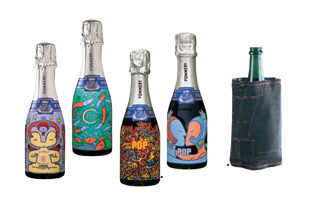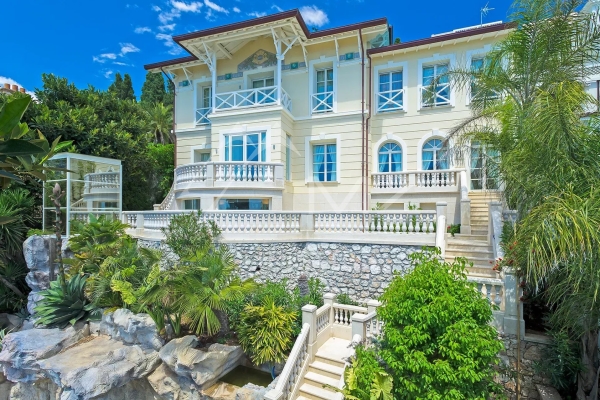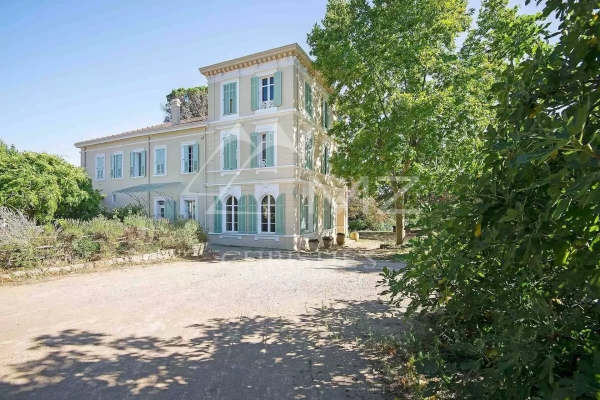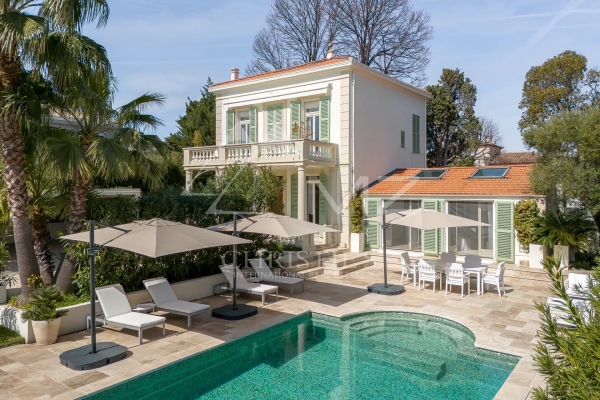Divine wine : Champagne !
The essential and time-honoured partner for joyous celebrations.
It’s festive, proud, exuberant ! The essential partner for joyous celebrations whose every precious moment is reflected in its sparkling bubbles…
History knows it well. Already in the Middle Ages it had a fine reputation. It’s said that Saint Rémi, Bishop of Rheims, baptised Clovis with champagne when he converted to Christianity. But what do we really know about this divine brew ? Its label will tell you a lot : the brand and producer, the dosage (extra or slightly dry), its specific characteristics (“blanc de blancs”, “blanc de noirs”, “rosé”, year of production, special vintage…). Its “assemblage” is the most important stage, as it determines the type. At the end of the ageing period, the vintner removes the sediment and adds a mixture of sugar and wine : he defines a scale from the least to the most sweet, or from the extra-dry to the dry and slightly dry. For champagne, the maturing process can last from 15 months to more than five years. Time allows the aromas to gain in richness. Champagne has ways of surprising you. A treat for the eyes, its subtle colour can range from pale to deep rose, while its taste ranges from ultra-light to full-bodied. Then there are the “millésimés”, “grands crus” and “cuvées de prestige”. The first sees the light when its producer decides to “pull it out of the batch”. A “grand cru” comes from very special plots of land. And the “cuvée de prestige” is to champagne what the bridal gown is to “haute couture”. Shades of colour indicate the wine’s character : the paler the hue, the lighter the wine. Rosé champagne is made from a blend of white wines and a red wine from Champagne.

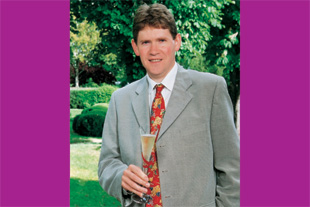
Pomp and circumstance…
Serving champagne is an art-form. Banish the freezer ! Opt for coolers, ice-buckets or lay the bottle low in the fridge for four hours before serving : chilled but not icy-cold. 8°C for a bright young vintage, 10°C for mature or “millésimé”. As for glasses, champagne deserves something on a par with its nobility. The glass should have enough volume and height to give total freedom to the dancing bubbles. It should also enable the temperature to stay as constant as possible. Opt without hesitation for the tulip shape and a delicate glass, so pleasant against the lips.
Par Cécile Olivéro - photos : press.
